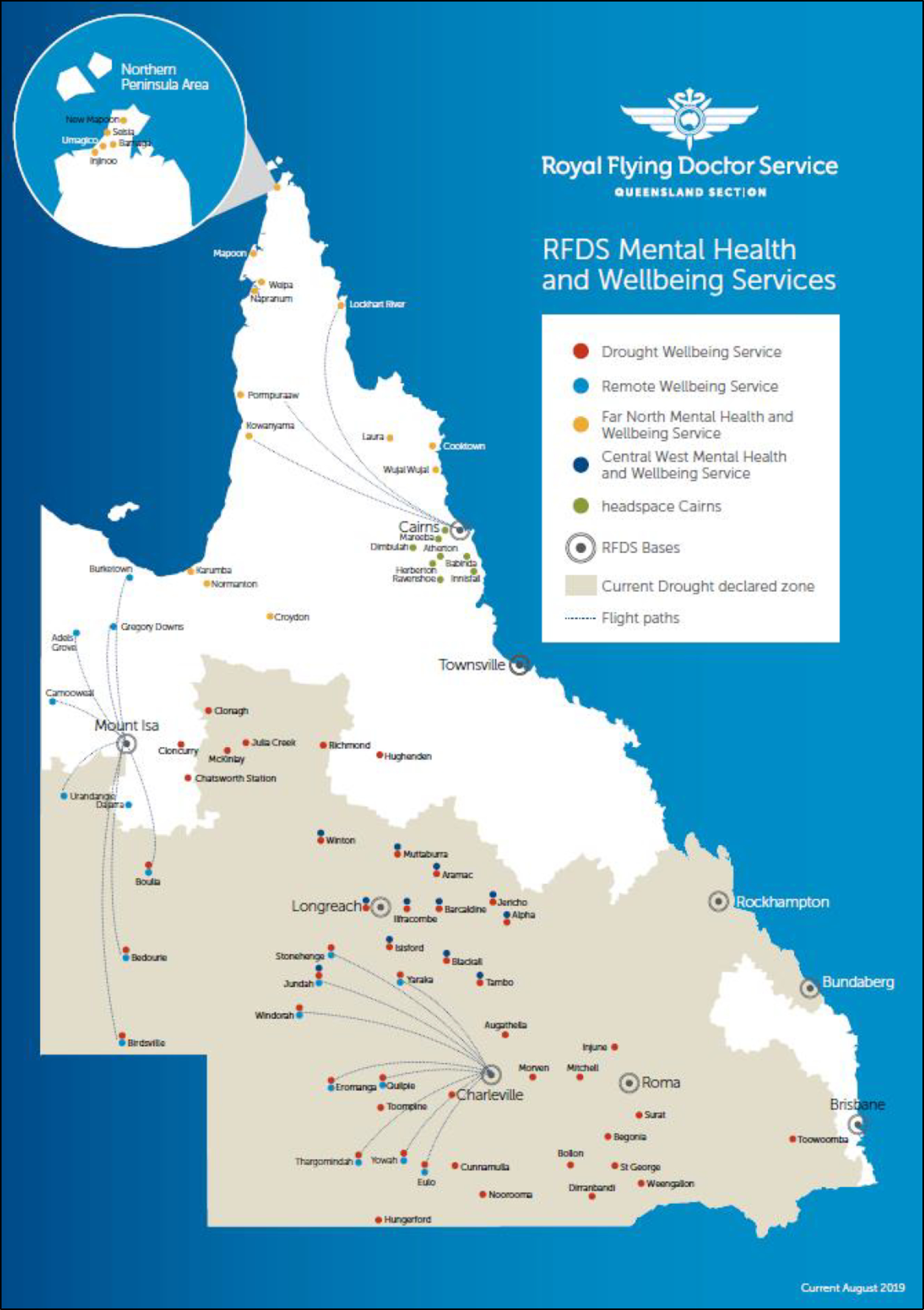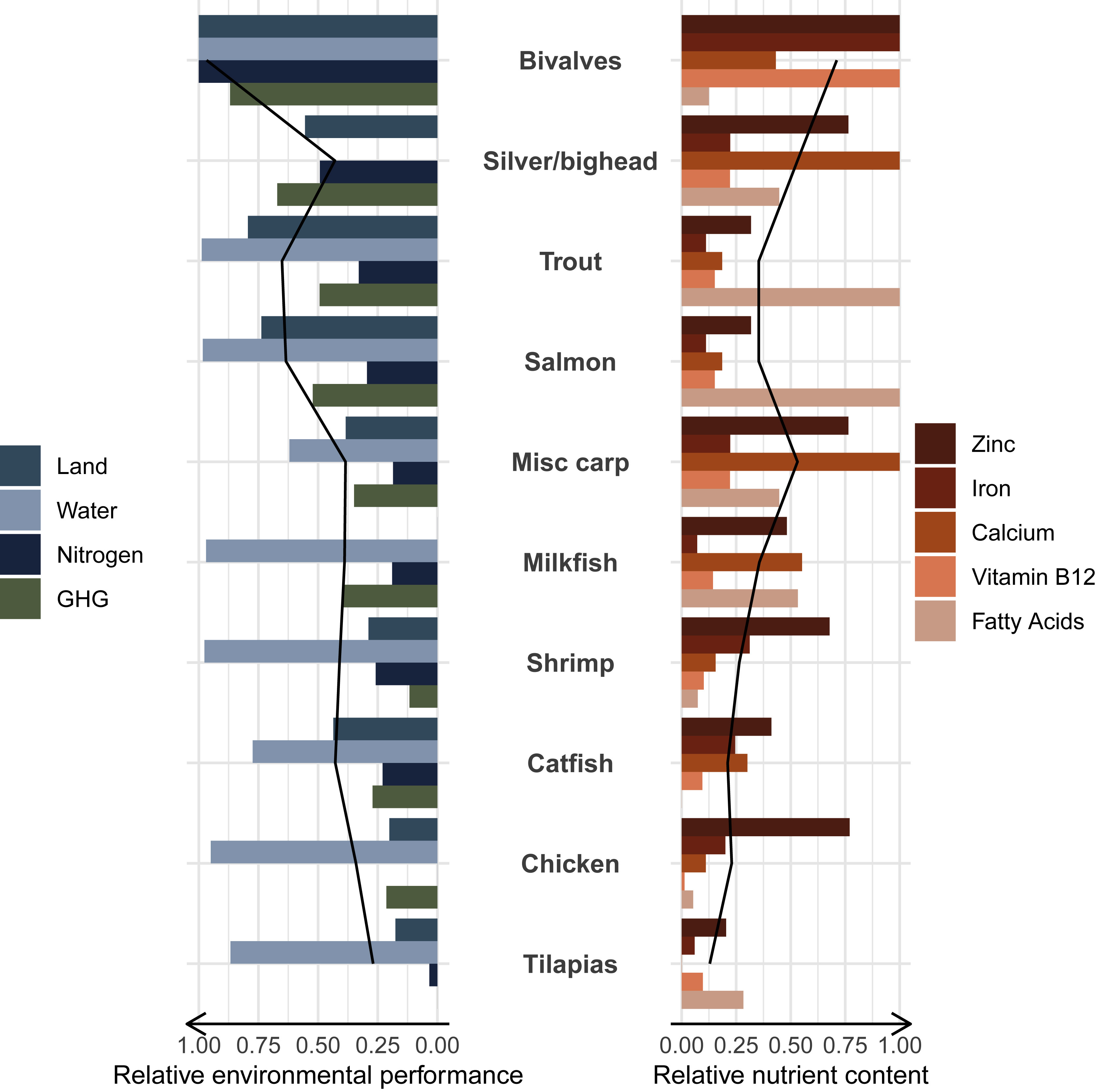Elsevier,
Current Developments in Nutrition, Volume 6, 1 April 2022
This paper concludes that the SIVESNU (Sistema de Vigilancia Epidemiológica de Salud y Nutrición) surveillance platform is a critical tool for government and partners, addresses key data gaps, and provides high-quality data used to monitor and improve public health in Guatemala.
Milk alternatives are compared from an environmental and nutritional point of view for more sustainable food systems.
Elsevier,
The Lancet Planetary Health, Volume 6, April 2022, e359-e370
This Review supports SDGs 3 and 6, focusing on the complex ways that multiple factors interact during droughts to influence HIV treatment adherence. The authors suggest that economic and livelihood challenges resulting from food and water insecurity during droughts have the biggest impact on adherence.
Elsevier,
Cancer Letters, Volume 531, 10 April 2022
The largest US cancer health disparity exists in prostate cancer, with Black men having more than a two-fold increased risk of dying from prostate cancer compared to all other races. Studies on biology and access to healthcare similarly highlight the need for increased representation of men from underserved racial groups, particularly Black men, in translational and clinical research to fully comprehend and appreciate the tumour heterogeneity.
Elsevier,
SLAS Discovery, Volume 27, April 2022
The data presented in this study indicate air pollution (AP) induces an epithelial-to-mesenchymal transition-like phenotype of BEAS-2B cells in 3D spheroid cultures. This opens new avenues for drug development for the treatment of lung diseases induced by AP. The 3D spheroid cell culture is a novel, innovative and physiologically relevant model for culturing a variety of cells. It is a versatile tool for both high-throughput studies and for identifying molecular mechanisms involved in bronchial epithelial cell (patho)physiology.
Elsevier,
The Lancet Regional Health - Americas, Volume 8, April 2022
An Article on the vulnerability of Indigenous populations to pandemics, in the context of SDGs 3 and 10, focusing specifically on the clinical characteristics and outcomes following COVID-19 in Indigenous Brazilian individuals.
Elsevier,
The Lancet Global Health, Volume 10, April 2022
This Article supports SDG 3 by describing the prevalence of HBV infection among children who received hepatitis B vaccination at birth. Prevalence was lowest in those who received vaccination within 24 hours of birth, although there was still substantial risk of infection even with timely vaccination.
Elsevier, One Earth, Volume 5, 15 April 2022
Aquaculture has been viewed as a potential pathway to healthy and sustainable diets by increasing global nutrient-rich food production while minimizing environmental impacts. Here, we explore environmental and nutritional synergies, trade-offs, and constraints that illuminate the role of aquaculture to deliver on this double bottom line.


